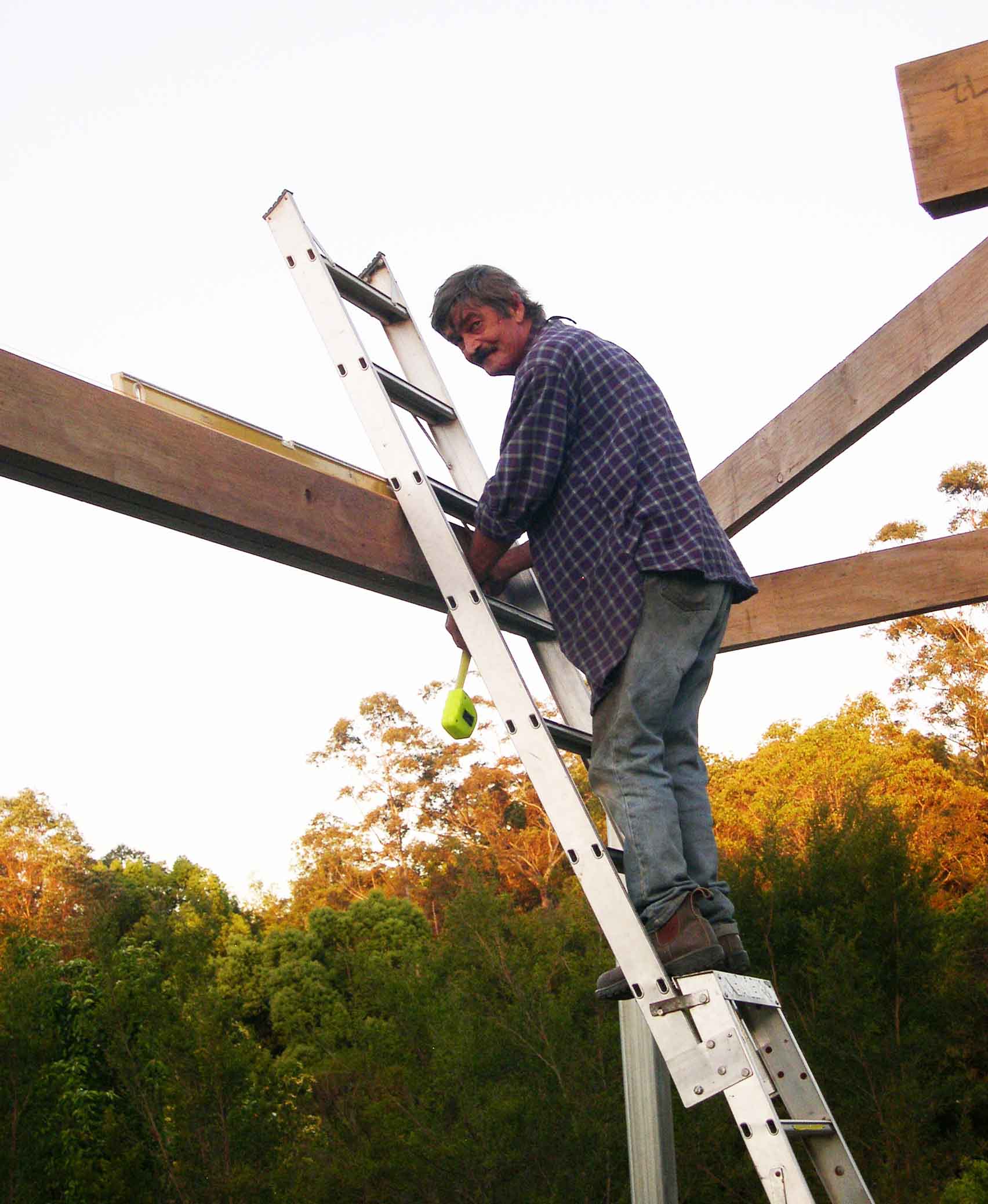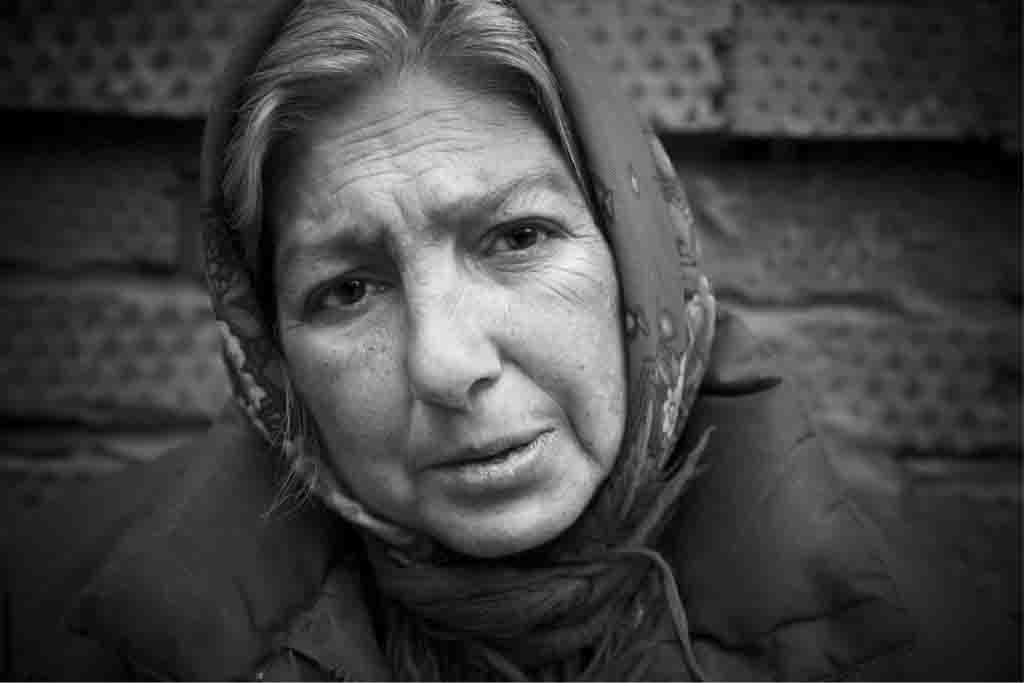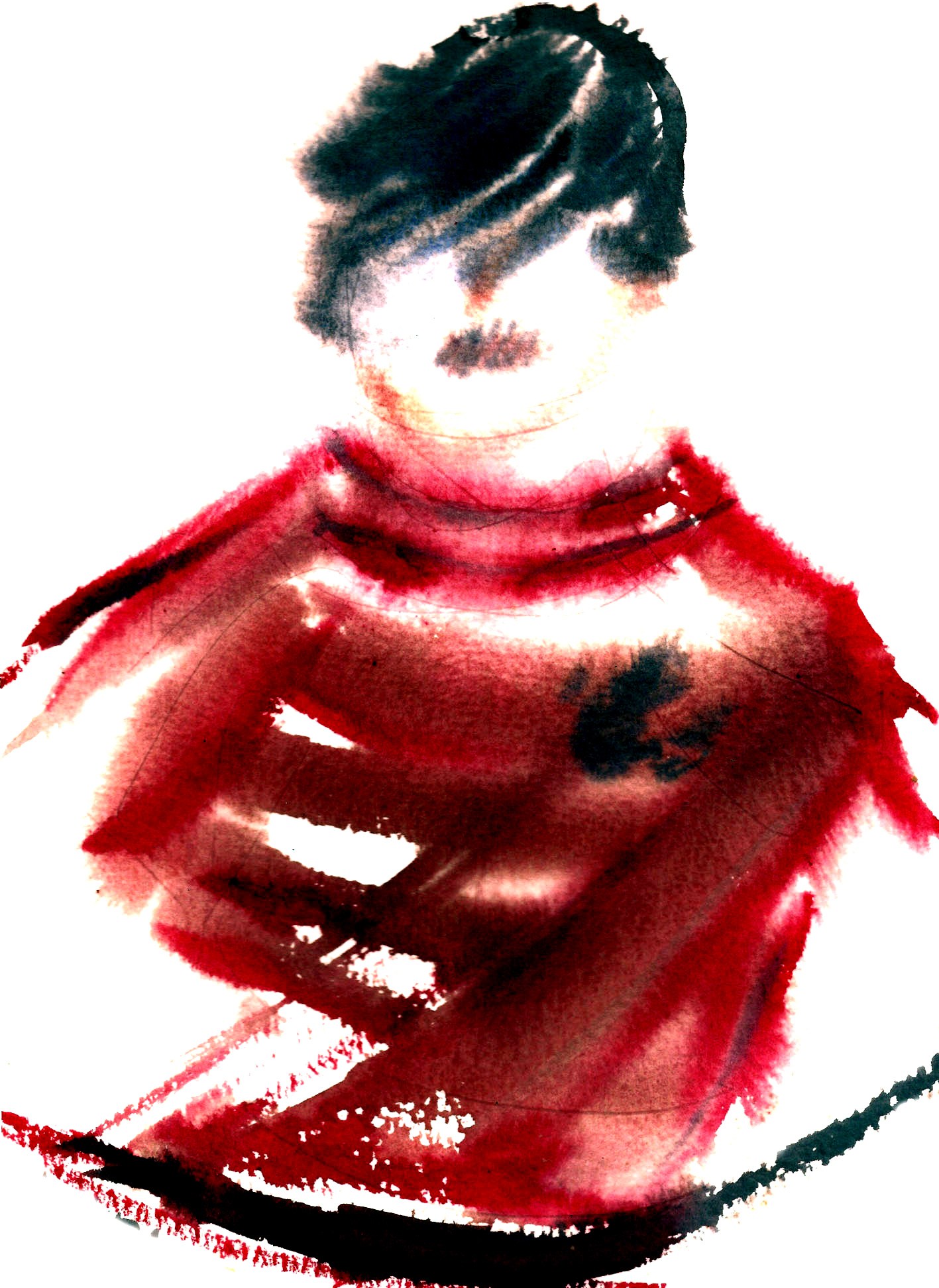Karl and I have much in common, and sometimes not so much.
As our love deepens, I come to realize that some differences do not matter, and some similarities do. Karl’s Romani heritage opens him naturally to alternative spirituality. He is a gifted healer, even at a distance. Once I rang him from Durham University in England after sleeping on a saggy dormitory bed by an open window. Karl sends distant healing, and my crick neck soon heals. That sort of thing happens regularly.
Karl’s letters and cards reveal dimensions you’d hardly expect in a crusty, middle-aged, welder-boilermaker:
Love grows. Love is without boundaries as to its size and can grow from the love for another to engulfing the Universe. It only requires a willing spirit and an open heart.
At Christmas, 1997, reflecting on a year where we struggled to work and study in the mightily dysfunctional academic atmosphere of Sydney University, he has this to say:
This past year has been a bummer. Yet, if seen from a spiritual perspective, it may have all the hallmarks of a crucible experience. If life experience is a training ground for eternity, then this year has provided many opportunities. However, it’s also important to remember the good aspects of this year, such as our love for each other and our persistence in the face of adversity. We are blessed by the joys and sorrows we share, for they make us appreciative of each other.
Lessons in courage
On courage, Karl is what Australians call “full bottle”: very knowledgeable. He’s experienced extreme adversity in his life: abandonment by his mother as a small child, multiple betrayals by other family members, childhood poverty, a harsh orphanage in post-war Germany; and a disappointing and confusing family “reunion” in Australia… As I struggle to grow and express my courage, I have a courageous mentor — although he would never describe it that way. I have to do my own work.
Nevertheless, Karl never fails to witness and applaud my efforts:
Your courage is characterized by a vulnerability, a strong ethical perspective, and an inspirational quality that motivates people to think laterally and benefit from those insights.
Karl’s lessons in courage continued throughout our relationship
Sometimes I am a reluctant convert to courage, as fear and bad habits get the better of me. Looking back, I can see how much I benefited from my courageous role model. Karl teaches me to watch my naЇveté. He helps me read the politics and power dynamics in professional situations. My over sensitivity (“taking things personally”) elicits sharp admonitions from him; I have to toughen up. In complex contexts, I need to understand where people were coming from and not to let my emotions cloud my judgment. From Karl, I learn to swallow my fear and phone people, rather than fire off another crabby, didactic email.
Courageous people, Karl explains, give up when it’s hopeless. He will not tolerate relationships with shallow or duplicitous people. He is suspicious of people who have previously acted in untrustworthy ways. “People do not change their spots” is his famous adage. He doesn’t have to teach me about social justice; our views are aligned. But he shows me how it worked in the everyday.
He also teaches me to trust my initial instincts and perceptions and to listen to the wise person I could be when I allow myself. In Karl’s worldview, courage is a daily matter; it flourishes from trying — and failing — and trying again. Prudence doesn’t have much to do with it and caution is anathema to him. “Everything is sweetened by risk” is his favorite quotation by the nineteenth-century Scottish poet, Alexander Smith, who died at 38. (Hopefully, Smith had a sweet life.)
Physical bravery
Physical bravery is always on the agenda with Karl. While he is falling off ladders, maybe I could occasionally use a ladder myself without calling him for help?

Taking physical risks is a value in its own right. Karl’s daring is sourced in a story that never failed to enthralls listeners. He was born prematurely in a home for pregnant girls in Münchberg, Bavaria, in 1948 to a bewildered, orphaned Sinti girl of 16, made pregnant by her part-Jewish foster father.
Scrawny, sickly Karl-Heinz is not expected to live through the northern winter. So, no money is gathered for the christening of this hopeless case. But “illegitimate” Karl makes it through — and more.
Anna Trapp
From about age two until he reaches ten, Karl’s only real parent is Anna Trapp, his elderly great aunt, who loves him fiercely and unconditionally.
Anna Trapp might have looked something like this, a fierce, tiny woman with curly, jet-black hair down to her waist.

But Anna Trapp lacks the wherewithal, monitoring skills and physical energy to manage a headstrong and rebellious boy with severe emotional scars. Until age 10, Karl spends his time stealing away from her humble attic at 12 Goethestrasse to stand in the freezing winter in a short-sleeved shirt, short pants, no socks, and gumboots, watching the soccer. Or just “escaping” into the residential Helmbrechts neighborhood. There are lots of places to escape to: the perfect roaming range for an energetic boy who soon becomes, in his imagination, The King of the Mountain.

(Karl was a consummate escape artist. The only painting I made of him depicts him characteristically rushing away from me.)

